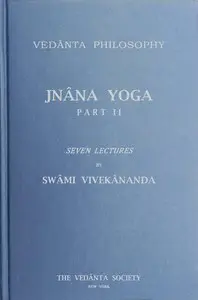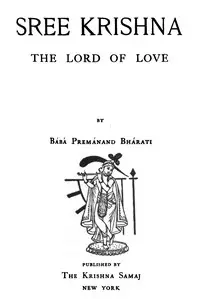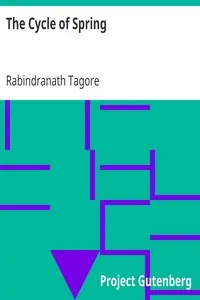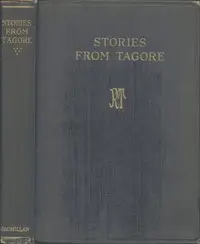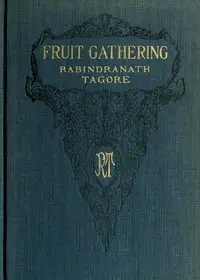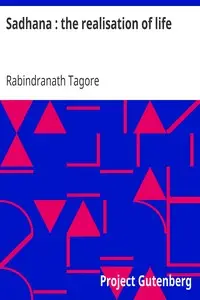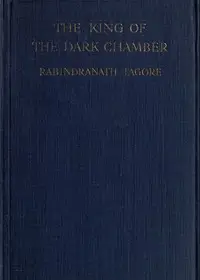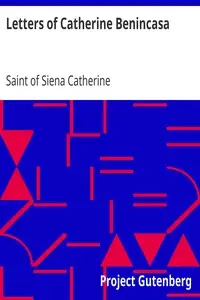"Sadhana: The Realisation of Life" by Rabindranath Tagore is a profound exploration of the human spirit's connection to the universe. Drawing inspiration from ancient Indian wisdom, especially the Upanishads, Tagore guides readers toward understanding the importance of realizing one's true self and fostering a relationship with all creation. The book begins with Tagore expressing a desire to share India's spiritual insights with a Western audience, emphasizing that these essays are meant to inspire rather than to adhere to strict academic standards. By contrasting the isolation often experienced in Western thought with the interconnectedness celebrated in Indian philosophy, he sets the stage for discussing love, compassion, and the soul's journey toward understanding its place within the vast cosmos, inviting readers to discover the unity of all existence and a more profound appreciation for life itself.

Sadhana : the realisation of life
By Rabindranath Tagore
Embark upon a journey of self-discovery and cosmic unity, where ancient wisdom illuminates the path to realizing your place in the grand tapestry of existence.
Summary
About the AuthorRabindranath Tagore was a Bengali poet, writer, playwright, composer, philosopher, social reformer, and painter of the Bengal Renaissance. He reshaped Bengali literature and music as well as Indian art with Contextual Modernism in the late 19th and early 20th centuries. Author of the "profoundly sensitive, fresh and beautiful" poetry of Gitanjali, in 1913 Tagore became the first non-European and the first lyricist to win the Nobel Prize in Literature. Tagore's poetic songs were viewed as spiritual and mercurial; where his elegant prose and magical poetry were widely popular in the Indian subcontinent. He was a fellow of the Royal Asiatic Society. Referred to as "the Bard of Bengal", Tagore was known by the sobriquets Gurudeb, Kobiguru, and Biswokobi.
Rabindranath Tagore was a Bengali poet, writer, playwright, composer, philosopher, social reformer, and painter of the Bengal Renaissance. He reshaped Bengali literature and music as well as Indian art with Contextual Modernism in the late 19th and early 20th centuries. Author of the "profoundly sensitive, fresh and beautiful" poetry of Gitanjali, in 1913 Tagore became the first non-European and the first lyricist to win the Nobel Prize in Literature. Tagore's poetic songs were viewed as spiritual and mercurial; where his elegant prose and magical poetry were widely popular in the Indian subcontinent. He was a fellow of the Royal Asiatic Society. Referred to as "the Bard of Bengal", Tagore was known by the sobriquets Gurudeb, Kobiguru, and Biswokobi.

